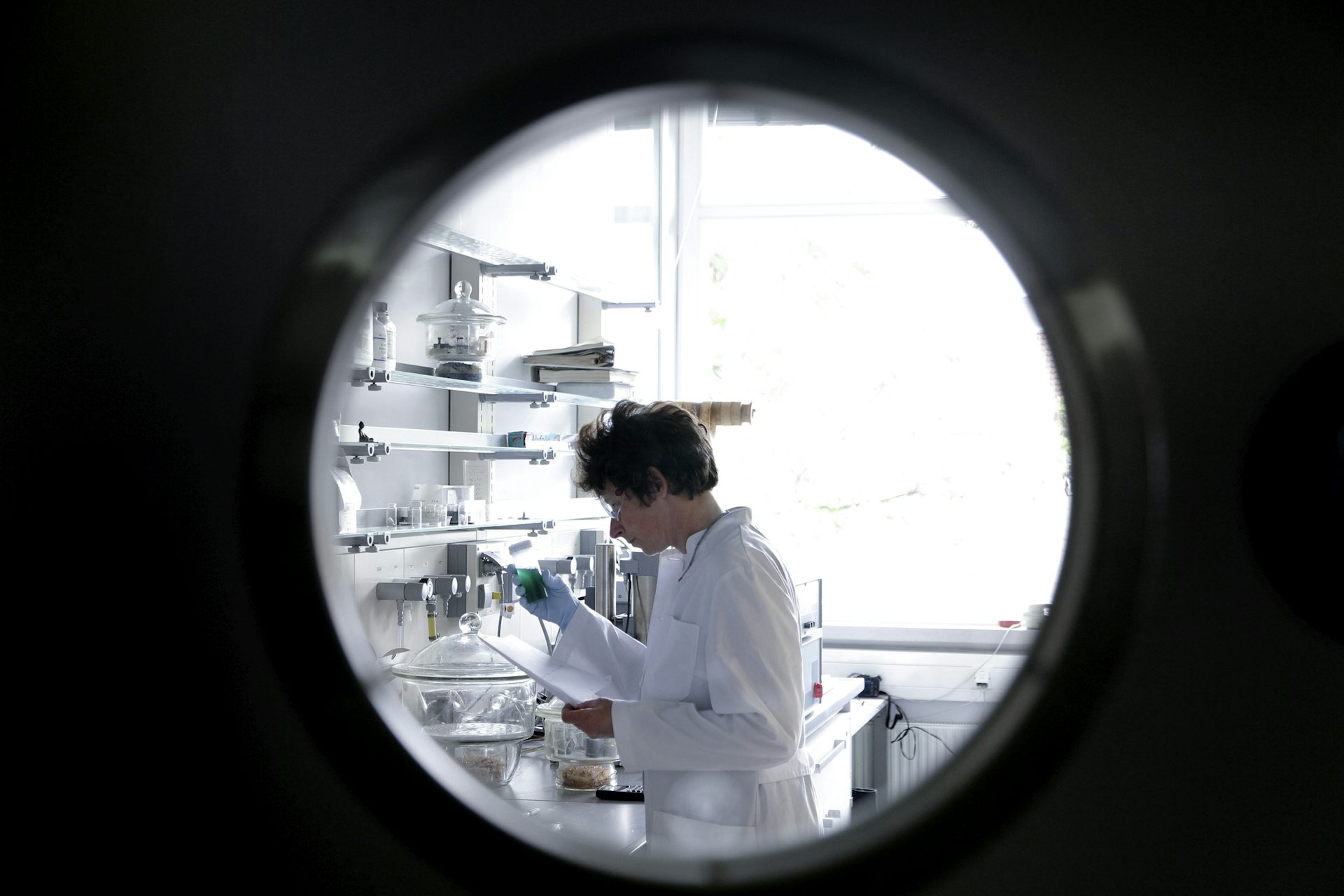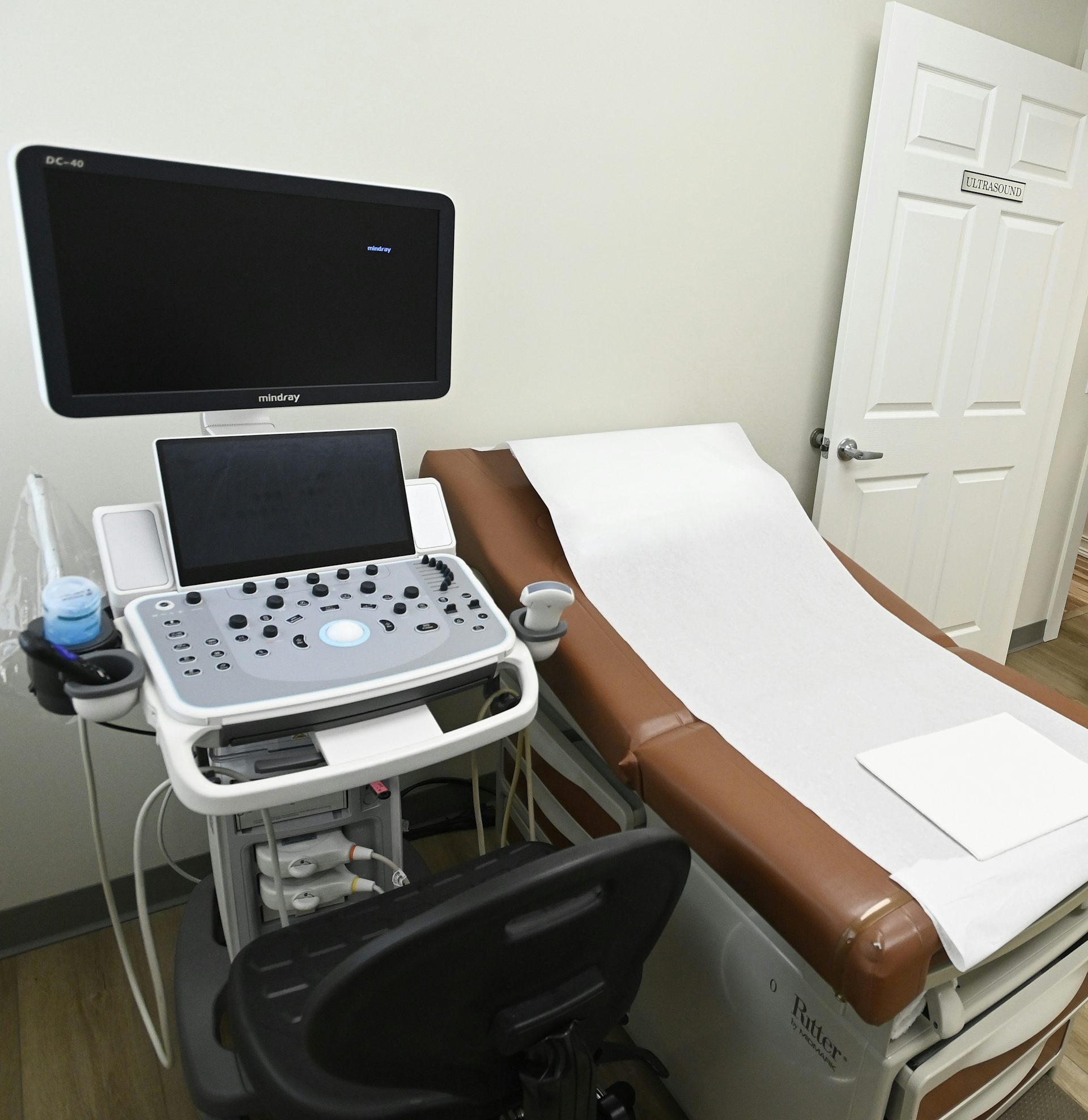How the anal cancer epidemic in gay and bi HIV-positive men can be prevented
A new study shows that anal cancer, caused by the virus HPV, can be successfully fought in HIV-positive men by timely treatment and HPV vaccination of lesions that may ultimately lead to cancer.

Almost 620,000 gay and bisexual men in the United States were living with HIV in 2014, and 100,000 of these men were not even aware of their infection. These men are 100 times more likely to have anal cancer than HIV-negative men who exclusively have sex with women. Yet, no national screening guidelines exist for anal cancer prevention in any population.
Anal cancer is predominantly caused by chronic or persistent human papillomavirus (HPV) infection. HPV infection can lead to the development of anal precancer which, if remains undetected or not adequately treated, may lead to anal cancer. Likewise, HPV infection is also responsible for causing cervical, vaginal, vulvar, oropharyngeal, penile and rectal cancers.
The objective of screening is to identify and treat these precancers to prevent occurrence of anal cancer. However, one of the reasons for the lack of screening guidelines is that anal precancer treatment has not yet been shown to prevent invasive cancer. Our study, published today in the journal Cancer, attempts to find a possible solution to prevent anal cancer in HIV-positive gay and bisexual men, using the best available data. We found that age-specific anal precancer management, including post-treatment HPV vaccination, can potentially lead to an 80 percent decrease in lifetime risk of anal cancer and anal cancer mortality among gay and bisexual men.
Anal cancer: the next big crisis
Some in the medical community have identified anal cancer as the next big crisis among HIV-infected gay and bisexual men. Initiation of anti-retroviral therapy in the 1990s greatly reduced the AIDS-related death rate and improved survival. However, this improvement in survival led to an increase in the lifetime risk of developing anal cancer, especially among HIV-positive gay and bisexual men.
Anal cancer is typically preceded by persistent HPV infection that often leads to precancer. HPV is common among U.S. men; about one out of two men in the general population has HPV infection. HPV typically clears naturally; however, under certain circumstances, it might persist longer and might progress to anal precancer. If it remains undetected, untreated or inadequately treated, this precancer can progress to anal cancer.
The American Cancer Society estimates there will be 8,200 new anal cancer cases in 2017. In the absence of national screening recommendations, more than 50 percent of these individuals will be diagnosed at stage III or IV, when five-year survival is less than 40 percent. This creates a major public health concern.
We do not yet know how best to manage anal precancer (also known as high-grade squamous intraepithelial lesions) so that anal cancer could be prevented. A national randomized clinical trial study – Anal Cancer HSIL Outcomes Research (ANCHOR) – is currently determining optimal anal precancer management by comparing treatment and active monitoring.
The question then arises: How do we start managing our patients using the best available evidence? Likewise, it is imperative that these individuals have as much information as possible about anal cancer prevention.
How our study brings insight
Using a mathematical model, we simulated the life course of 100,000 hypothetical HIV-positive men who have sex with men (MSM) who were 27 years or older and were diagnosed with high-grade squamous intraepithelial lesions. In our model, we compared four different management strategies: (1) individuals were not provided any form of treatment, which is the current practice; (2) individuals were actively monitored (followed biannually) and those who developed early cancer were treated; (3) individuals were immediately treated using surgery (current most popular strategy among clinicians who treat precancer); and (4) individuals in addition to surgical treatment received HPV vaccination (potential strategy).
We followed these hypothetical patients over their lifetime in our computer model to estimate harms and benefits of the management strategies. We tracked the number of individuals who developed anal cancer and then estimated their risk of death from anal cancer. We then estimated above outcomes by patient age. For each strategy, we estimated age-specific lifetime outcomes considering cost, quality of life and life expectancy.
We found that HIV-infected gay and bisexual men who are 38 years or older should be treated using surgical treatment of ablation (either infrared coagulation or electrocautery), and that HPV vaccination should be administered at the time of surgery. This strategy is cost-effective and has the potential to decrease the lifetime risk of anal cancer by up to 80 percent in those men.
The model also found that because younger men are more likely to be cured of their precancer without intervention, patients younger than 29 should not be treated and those between 29 and 38 years old should be actively monitored (watch-and-wait approach) in order to prevent treatment-related inconvenience and morbidity that might affect their quality of life.
How the HPV vaccine could help
Currently, HPV vaccination is not recommended for administration among individuals 27 years or older. However, multiple observational studies have shown, and our findings have confirmed, that a practice of vaccinating individuals who have already been diagnosed with precancer may decrease the risk of the precancer coming back after treatment.
Given that the HPV vaccine has minimal side effects, we believe that clinicians can consider adopting this practice. Such practice may have many advantages, such as decreasing the number of treatments a patient needs for precancer recurrence thus decreasing the adverse outcomes of surgical treatment (possibility of scarring, anal stenosis and incontinence). In the long run, post-treatment HPV vaccination also has the potential to decrease the lifetime risk of anal cancer, save health care costs for treating patients for recurrence and cancer, and improve their life expectancy and quality of life.
Ashish A. Deshmukh was supported by the Janice Davis Gordon Memorial Postdoctoral Fellowship and the Thomas H. and Mayme P. Scott Fellowship in Cancer Research. He also receives funding from National Institutes of Health.
Elizabeth Chiao receives funding from National Institutes of Health
Jagpreet Chhatwal consults to Merck and Gilead on unrelated topics. He has received research funding from the National Institutes of Health, National Science Foundation, and American Cancer Society.
Scott B. Cantor receives funding from National Institutes of Health.
Read These Next
RFK Jr. wants to scrutinize the vaccine schedule – but its safety record is already decades long
Federal officials are questioning the safety of the vaccine series children receive. Here’s the story…
Rest is essential during the holidays, but it may mean getting active, not crashing on the couch
Unwinding can be hard during the holidays for many reasons. Building in time to recharge through active…
What are gas stove manufacturers trying to hide? Warning labels
The gas industry is opposed to labels that warn consumers of the potential harms of gas stoves.






